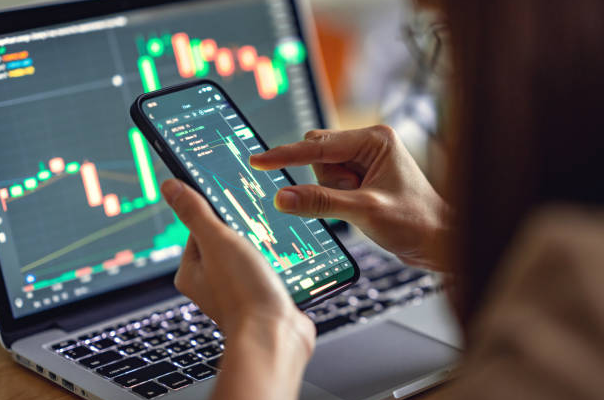Forex, also known as foreign exchange or FX trading, is a dynamic and sophisticated market where currencies are traded.
In the grand theater of international finance, Forex stands as the largest and most liquid market. This article offers an insider’s perspective, unfolding the narrative of this fascinating realm and providing insights to help you navigate the complex world of Forex trading.
Before diving into the world of Forex, we can take a look at Opticapital. Are you familiar with Opticapital? It offers financial trading services and manages over a thousand trading accounts. There is no need to read numerous reviews about it. You can read Opticapital Review, which includes all the details you need to know about Opticapital.
Forex trading involves the simultaneous buying of one currency and selling of another. These currencies are traded in pairs, such as the Euro and the US Dollar (EUR/USD) or the British Pound and the Japanese Yen (GBP/JPY).
It is desirable to remember that the exchange rate between these pairs fluctuates based on various factors, such as economic indicators, geopolitical events, and market sentiment.
First of all, it is vital to understand the structure. As opposed to stock trading, which occurs on centralized exchanges, Forex operates in the over-the-counter (OTC) market.
This means transactions are conducted directly between two parties without a centralized exchange. This decentralization leads to a market that operates 24 hours a day, five days a week, with trading beginning in Australia on Sunday evening and closing in New York on Friday.
Another unique characteristic of the world’s largest financial market is the use of leverage. Leverage allows traders to control a large amount of money using a relatively small capital. While this can amplify profits, it can also magnify losses, making risk management an essential aspect of Forex trading.
How to become a successful forex trader
Successful Forex trading isn’t merely about predicting which way currency prices will move. It involves an intricate blend of technical analysis, understanding of global macroeconomics, and sound risk management.
It is about interpreting charts and indicators, deciphering the impact of economic events on different countries’ currencies, and judiciously managing your trading capital.
Lastly, risk management is a crucial component of successful Forex trading. This includes setting stop-loss orders to limit potential losses, diversifying trading pairs to spread risk, and never risking more than a small percentage of your trading capital on a single trade. It’s about ensuring that no single loss can significantly harm your trading account, allowing you to trade another day.
Forex trading can be an exciting and profitable venture, but it also involves significant risk. Just like the fluctuating currencies, the journey can be full of ups and downs. However, armed with technical knowledge, a sound understanding of global economics, and robust risk management, you can navigate this intricate landscape.
This insider’s guide aims to serve as a stepping stone on your path to becoming a successful Forex trader, sharing the chronicles of the currency market to help you embark on your Forex journey. Remember, every great trader started with the first step.









